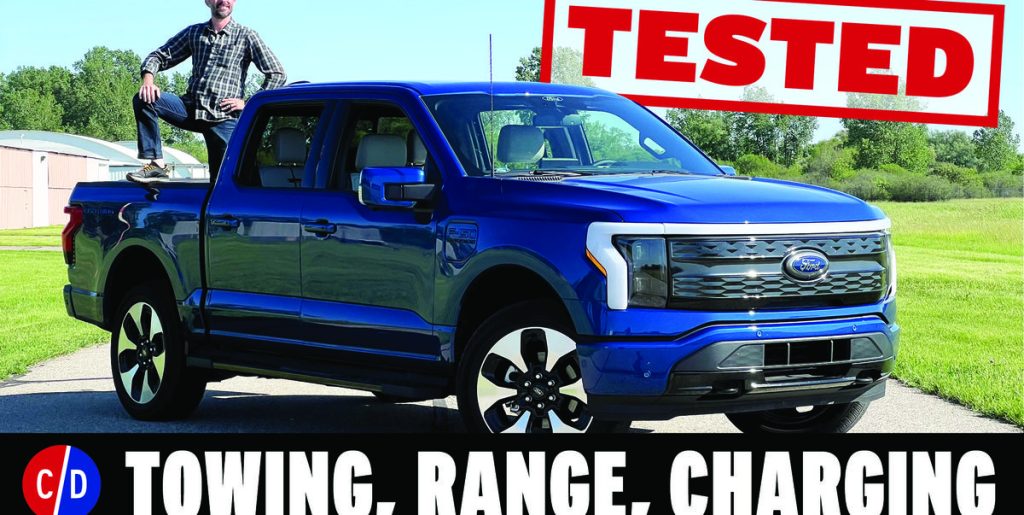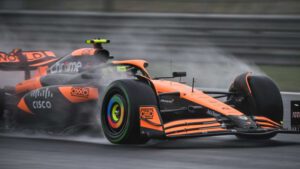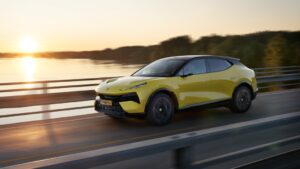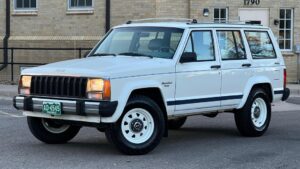Video: The 2022 Ford F-150 Lightning Isn’t a Science Project, But That’s Why It’ll Be So Popular

The 2022 Ford F-150 Lightning may be the brand’s most significant vehicle in recent memory. Not only is the Lightning an all-electric version of Ford’s bestselling nameplate, it’s also a pickup truck, so it must satisfy a wide range of expectations from buyers. To see how it measures up to those expectations, we evaluated an F-150 Lightning for two weeks and subjected it to every test procedure at our disposal.
The video explains the results of our exhaustive testing, which includes acceleration, braking, interior noise, real-world highway range, charging speed, and storage. (We’ve already published the full test results elsewhere.)
The fully loaded Lightning Platinum we tested posted remarkably quick acceleration results, essentially tying the Rivian R1T—the quickest pickup we’ve tested—in real-world acceleration from 30 to 50 mph and 50 to 70 mph. On the other hand, the Lightning showed more brake fade in stopping tests than the Rivian.
Measuring Range, Charging, Towing
In our real-world EV range test, where we drive at constant freeway speeds, the Lightning returned 230 miles against the Platinum’s 300-mile EPA rating. That result leads us to wonder how far a Lightning equipped with the standard 98.0-kWh battery might be able to travel versus the 230-mile EPA rating.
To measure charging, we hook up an EV to the fastest charger it will accept and record the rate from a 10 to 90 percent fill. The Lightning’s 106-kW average exceeded that of the first R1T we tested, at 98 kW.
How about towing? We loaded the Lightning with a 5100-pound trailer and set off on the freeway. While the power and stability were excellent, the range was lacking, falling to a mere 130 miles. Given the nature of the charging infrastructure and the fact you don’t start charging at empty, you wouldn’t want to travel more than 100 miles between stops.
This content is created and maintained by a third party, and imported onto this page to help users provide their email addresses. You may be able to find more information about this and similar content at piano.io





